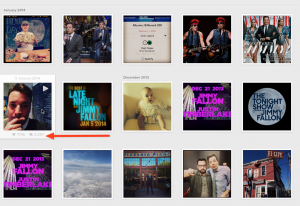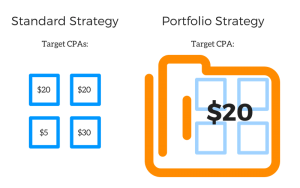For a long time, the mantra of social media marketing was COPE – Create Once, Post Everywhere. Who could argue with that? Simple. Efficient. Fast.
And there are plenty of professional social media tools that allow marketers to post to multiple accounts simultaneously and at scale.
Currently, I write articles for three websites, including Sked Social – four, if I ever get around to giving my own blog some overdue attention. Every morning, before I begin writing, and before I fall down any client/project rabbit holes that may be hiding in my inbox, I get any little bits of admin done.
This includes scheduling social media updates to Twitter, LinkedIn and – depending on the topic – Facebook for any articles of mine that may have just gone live. I could save myself a lot of time by writing a single post, adding the link, and scheduling it to publish to all of my social accounts. And every day, the scheduling tool teases me with the option.
In fact, I could probably schedule my posts in seconds if I did what many other publishers and marketers appear to do when sharing a new article: Drop in the headline and the link and hit send. As Facebook, LinkedIn and Twitter automatically display the featured image, headline and excerpt (if available), why not let them do the heavy lifting for me? Social media automation FTW, right?
But no matter how busy I am, I resist the temptation to cut corners. Instead, I rewrite my posts for each platform. This allows me to take full advantage of platform-specific tagging and hashtags or longer posting styles to provide what I hope will be the best bang for each feed.
Some networks actively encourage cross posting themselves, allowing users to connect their other social media accounts so that posting to one automatically cross-posts to the other(s). For example, if you link your Facebook and Twitter accounts, your Facebook posts automatically become tweets as well. (Note: Changes to Facebook’s API in 2018 mean it’s no longer possible to cross-post in the opposite direction.)
Personally, I thought cross posting as a professional practice was universally frowned upon. However, I still come across business articles recommending the practice.
Sure, COPE is convenient. But it can also create some odd experiences for followers, particularly on Twitter where content may become truncated to fit its character count – sometimes with less than ideal results.
I think I need to clarify to @Telegraph readers, who may have seen the truncated headline, that the full quote is …. “I’ve been having cocktails parties on Zoom” … really, matron!! #carryonisolation pic.twitter.com/1bx9dPw34Z
— Elaine Paige (@elaine_paige) May 7, 2020
I find cross posting from Instagram to Twitter particularly irksome. These cross-posted images often make little or no sense without being able to see the image. But to see the image, the user has to click a link that will take them from the feed they were quite happily scrolling through to visit a very different platform.
Cross posting places more work on the audience – no doubt impacting engagement and click-through – to avoid those few moments of extra work it would take to post directly to each platform.
Plus, it also tells the audience on one platform that it is less important than the audience on another.
Each and every platform lends itself to specific forms of content or styles of interaction. An image that displays well on Instagram might look rubbish when auto-cropped in the feed on Twitter. A detailed and stat-filled article that generates plenty of insightful discussion on LinkedIn might appear like unwanted calculus homework to people looking for light relief on Facebook. And so on.
Treating all of your disparate social audiences as one homogenised entity is to miss the opportunity each network represents.
If you want to nurture and grow each of your social media audiences, the least you can do is turn up.
Digital & Social Articles on Business 2 Community
(48)







